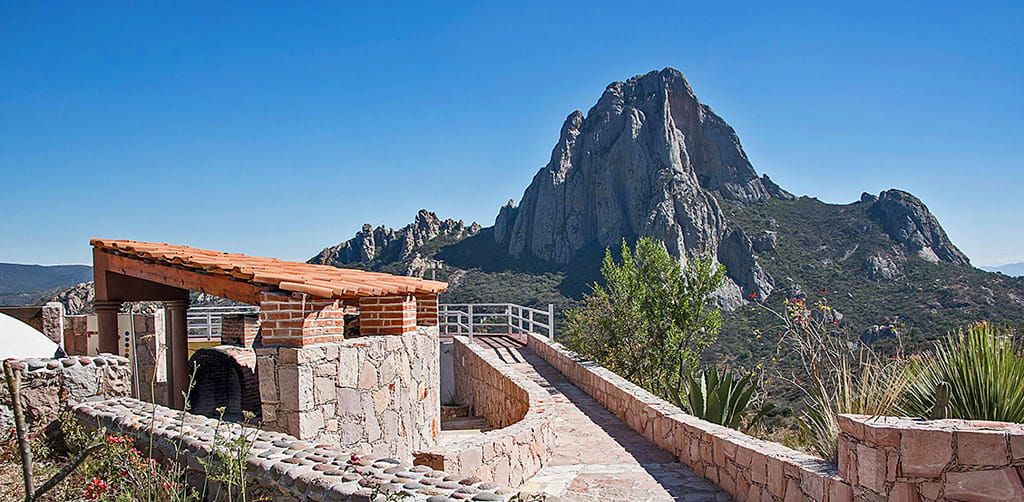Four must-see tourist routes in Queretaro Mexico
In this tourist guide, you will discover four routes to explore all the good things that Queretaro Mexico has to offer. You will learn a bit of Querétaro's history, travel through diverse ecosystems. A trip that will make you discover the state as a true tourist.





